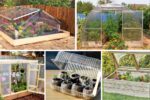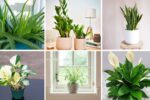A vibrant, ever-changing garden is a joy for any homeowner or gardening enthusiast. The secret to maintaining visual appeal across all seasons lies in thoughtfully designing a garden bed that offers year-round color. While many gardens burst with blooms in spring and early summer, they can often appear dull or barren by mid-winter. By carefully selecting plants, organizing planting schemes, and incorporating various textures and foliage, you can keep your garden beds lively and colorful every month of the year.
In this article, we’ll guide you through the principles of designing a garden bed for continuous seasonal interest, the best plant selections, layout tips, and maintenance advice to keep your outdoor space beautiful and balanced.
Why Year-Round Color Matters
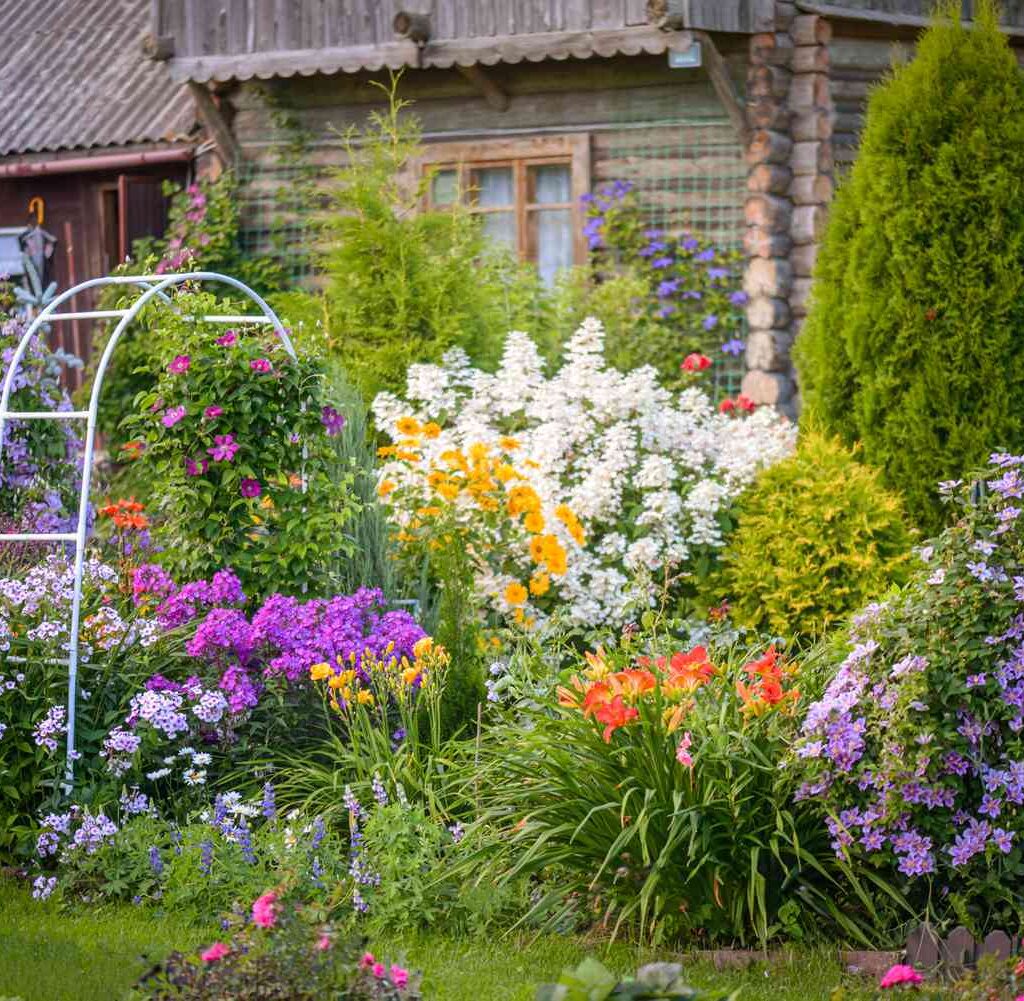
A garden filled with dynamic, colorful elements doesn’t just look beautiful — it offers ecological and emotional benefits too:
- Attracts pollinators like bees, butterflies, and birds across seasons.
- Creates an inviting outdoor space for relaxation.
- Prevents dull, barren patches in colder months.
- Enhances property value and curb appeal.
- Provides ever-changing textures, colors, and forms.
A well-designed, all-season garden bed ensures your landscape feels alive, even during winter’s quiet months.
Key Principles for Designing a Year-Round Color Garden Bed
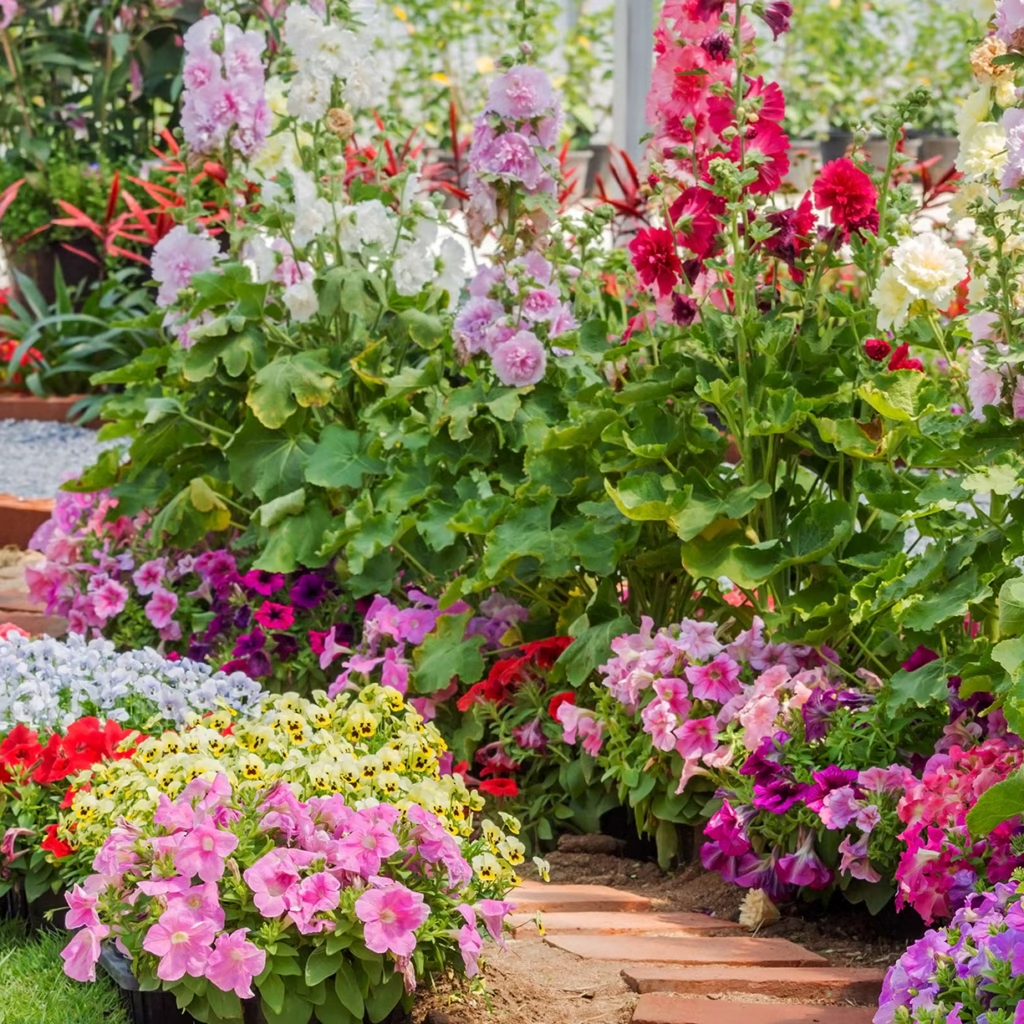
Successful garden bed design for continuous color involves strategic planning and a blend of complementary elements. Here are the essential factors to consider:
Choose a Color Palette
Decide on a cohesive color scheme for your garden bed:
- Complementary colors (like purple and yellow) create vibrant contrast.
- Analogous colors (like pink, red, and orange) offer harmonious warmth.
- Monochromatic schemes focus on different shades of a single color for an elegant, calming look.
Balance bold hues with neutral tones like greens, silvers, or whites to avoid overwhelming the space.
Plan for Seasonal Blooms
Include a variety of plants that bloom or display distinctive foliage at different times:
- Spring: Daffodils, tulips, hyacinths, primroses.
- Summer: Roses, coneflowers, daylilies, lavender.
- Fall: Sedum, asters, ornamental grasses, mums.
- Winter: Hellebores, camellias, winter jasmine, evergreen shrubs.
By layering seasonal performers, you’ll ensure something is always in bloom or adding interest.
Mix Plant Types
For visual and textural contrast:
- Perennials provide reliable seasonal color.
- Annuals offer bursts of bright, continuous color for one season.
- Bulbs deliver early or late-season splashes.
- Shrubs and small trees provide structure and evergreen presence.
Incorporate Foliage Interest
Foliage often outlasts blooms and adds year-round texture and color. Look for plants with:
- Variegated leaves (hostas, coleus).
- Colorful evergreens (boxwood, dwarf conifers, heucheras).
- Seasonal foliage color changes (Japanese maple, smoke bush).
Pay Attention to Plant Height and Spacing

Arrange plants in layers:
- Tall plants at the back (ornamental grasses, sunflowers).
- Medium plants in the middle (coneflowers, daisies).
- Low-growing, ground covers at the front (creeping thyme, sedum).
This creates depth, prevents overcrowding, and ensures all plants are visible.
Best Plants for Year-Round Color Garden Beds
Here’s a seasonal plant list to help you achieve continuous color in your garden:
Spring
- Tulips — Bright, cheerful bulbs available in every hue.
- Daffodils — Hardy, sunny blooms.
- Primroses — Early perennials in various pastel shades.
- Bleeding Hearts — Delicate pink, red, or white heart-shaped flowers.
Summer
- Coneflowers (Echinacea) — Long-blooming, pollinator-friendly.
- Daylilies — Low-maintenance and vibrant.
- Lavender — Fragrant and attracts pollinators.
- Zinnias — Colorful annuals ideal for cutting.
Fall
- Chrysanthemums (Mums) — Classic fall colors.
- Sedum ‘Autumn Joy’ — Succulent-like pink flowers fading to rust.
- Asters — Lavender, pink, and white daisy-like blooms.
- Ornamental grasses — Airy, bronze plumes.
Winter
- Hellebores (Lenten Rose) — Winter-blooming perennials.
- Camellias — Glossy evergreens with winter flowers.
- Winter Jasmine — Bright yellow winter blooms.
- Evergreen shrubs — Year-round structure and color.
Layout Ideas for Year-Round Garden Beds
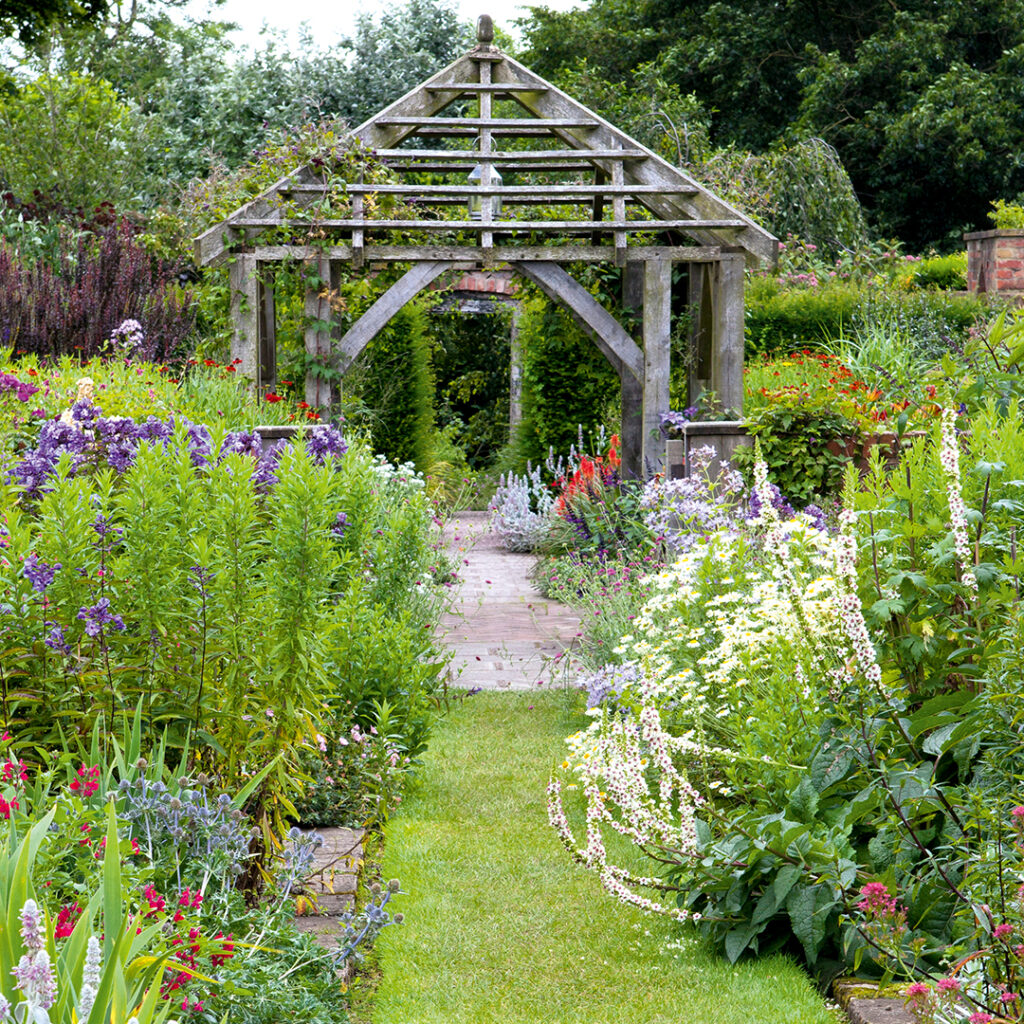
Island Beds
Placed away from walls, these beds look great from all angles. Arrange tallest plants in the center, medium around them, and ground covers at the edges.
Border Beds
Perfect along fences or walls. Place tall and climbing plants at the back, medium height in the middle, and low-growing at the front.
Corner Beds
Combine tall shrubs, medium perennials, and ground covers to fill difficult corners with color and interest.
Maintenance Tips for Year-Round Color
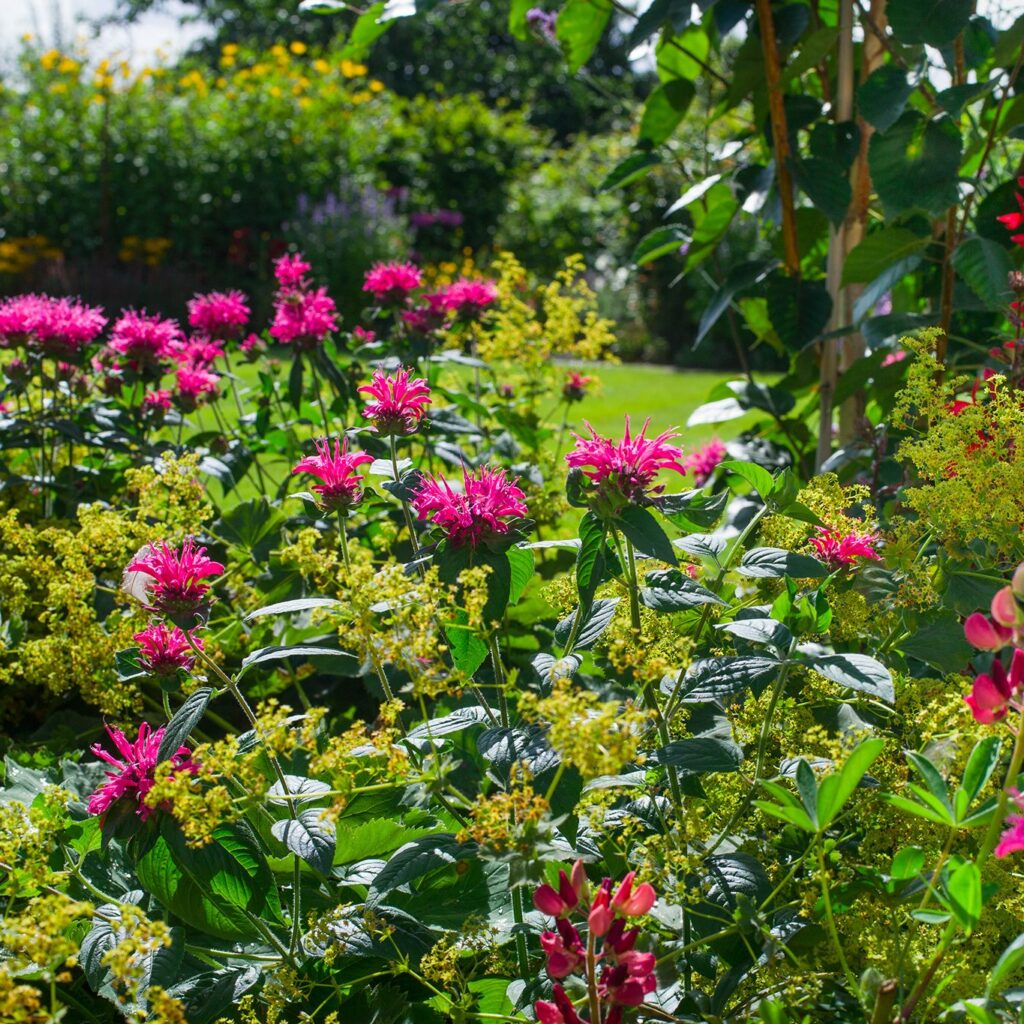
To keep your colorful garden bed thriving:
- Deadhead spent flowers to encourage repeat blooming.
- Replace annuals seasonally for continuous color.
- Prune and shape shrubs for tidiness and health.
- Fertilize appropriately based on plant needs.
- Add mulch to conserve moisture and suppress weeds.
- Water consistently during dry spells, especially for new plantings.
- Divide perennials every few years to rejuvenate growth.
Additional Design Enhancements
- Add decorative garden elements like painted trellises, boulders, or birdbaths for year-round interest.
- Use colorful containers or ceramic pots to showcase seasonal blooms.
- Incorporate pathways or stone edging for texture and accessibility.
- Include foliage plants like hostas and ferns for shade areas.
Conclusion
Creating a garden bed for year-round color requires thoughtful planning, strategic plant selection, and attention to both form and function. By combining a diverse mix of perennials, annuals, bulbs, shrubs, and evergreens — each chosen for their seasonal attributes — you can enjoy a continuous display of vibrant hues, varying textures, and structural interest no matter the time of year.
Key takeaways:
- Choose a complementary or harmonious color palette.
- Select plants for staggered seasonal interest.
- Mix textures, heights, and foliage types.
- Maintain regularly for healthy, continuous color.
With these tips and plant suggestions, you can transform any dull, lifeless corner of your garden into a lively, year-round masterpiece — a personal sanctuary of color, beauty, and natural inspiration.



